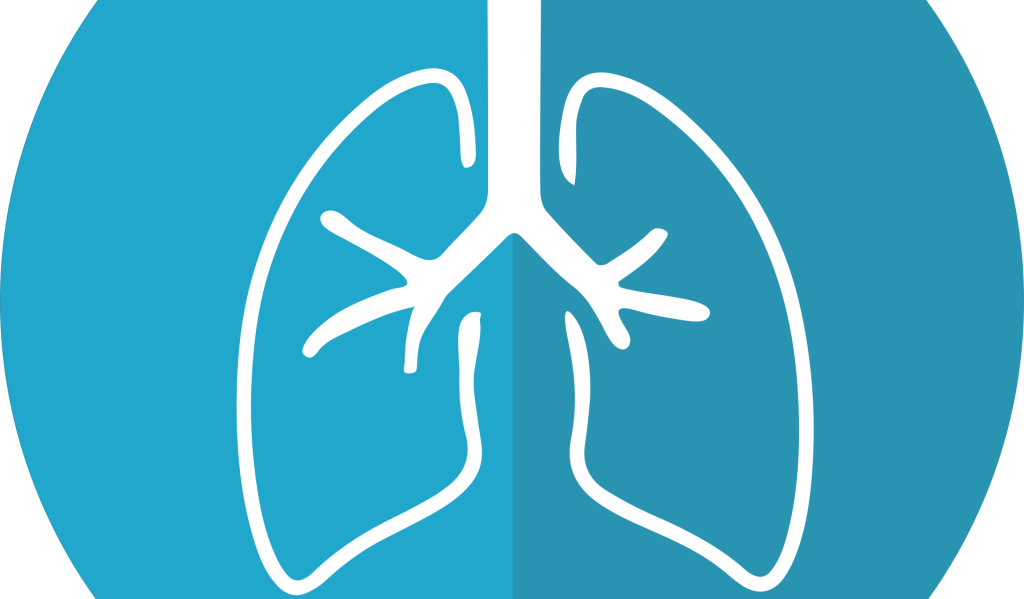A pulmonary parenchymal band is a common finding on chest X-rays and CT scans. This linear, band-like opacity typically appears near the pleura in the lung’s outer regions. In most cases, it causes no symptoms and not a cause for concern. However, rarely, when accompanied by symptoms (e.g., coughing or breathlessness), it may signal an underlying lung condition.
What causes a pulmonary parenchymal band?
Most often, it is an old, healed lesion from past lung inflammation. When lung tissue repairs after injury, fibrosis (and sometimes calcification) develops—leaving fibrous streaks. Think of it as the lung’s natural “healing scar,” marking where the body has overcome disease.
Common causes include:
- Infections (tuberculosis, pneumonia) or chronic inflammation (bronchitis, asthma);
- Occupational or environmental exposures (asbestosis, silicosis);
- Systemic diseases (sarcoidosis, pulmonary fibrosis);
- Lung trauma, chest surgery, radiotherapy, or congenital disorders (e.g., congenital lung dysplasia).
Notably, if a parenchymal band is accompanied by symptoms like cough, chest pain, or abnormal breath sounds, further investigation is needed to rule out active inflammation or chronic disease.
What is the treatment?
Treatment of a pulmonary parenchymal band depends on the underlying cause and symptoms. In most cases, no treatment is needed. If an underlying lung disease is present, treatment should be directed at that specific condition. This may involve the use of bronchodilators, anti-inflammatories, antibiotics, painkillers, or chest physiotherapy.
Conclusion
A pulmonary parenchymal band is a common imaging finding, usually representing a “scar” from healed lung lesions (fibrosis or calcification). It is typically benign and has no symptoms, requiring no treatment. Only when symptoms appear does it signal an underlying issue, needing targeted treatment.
